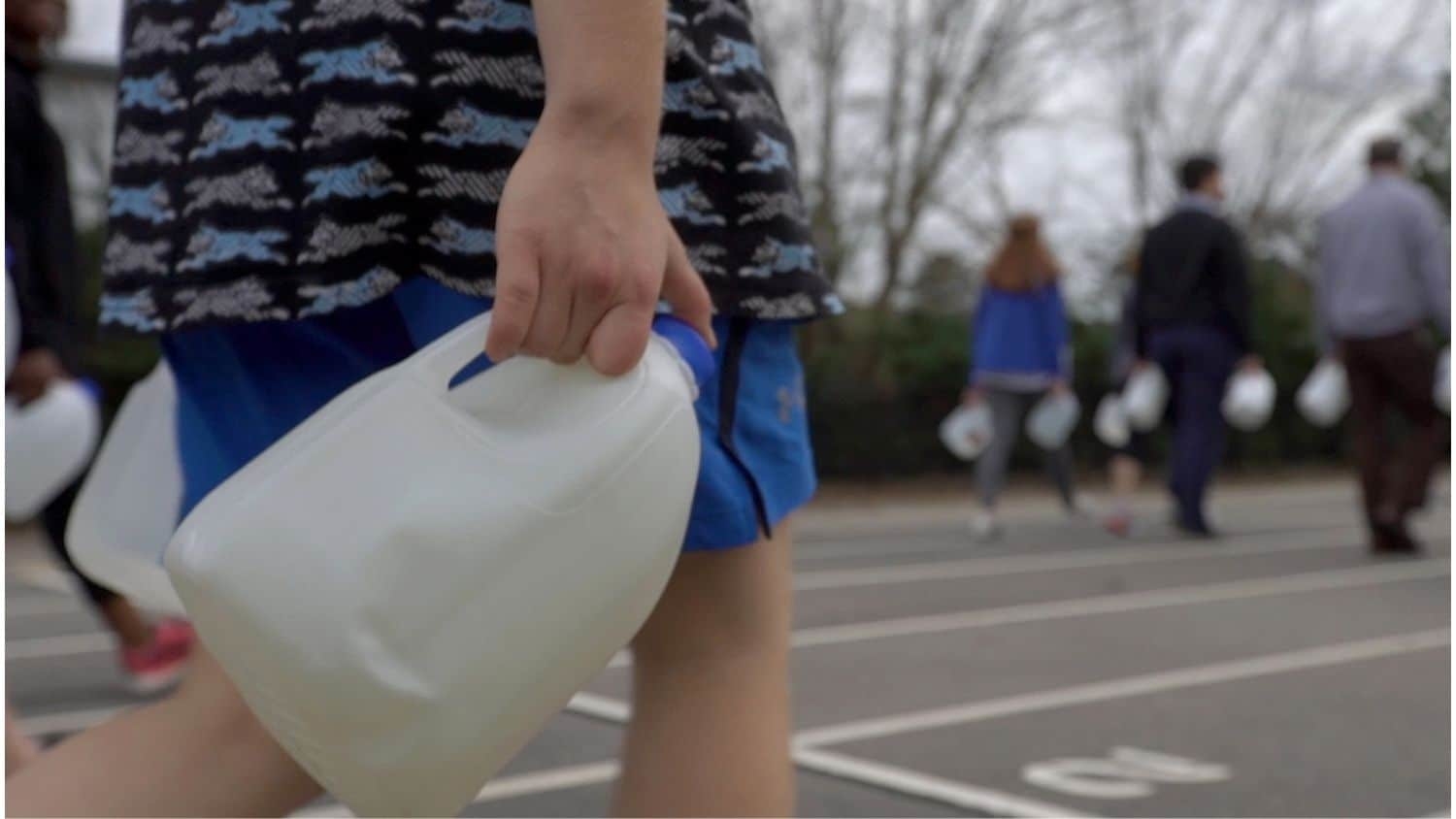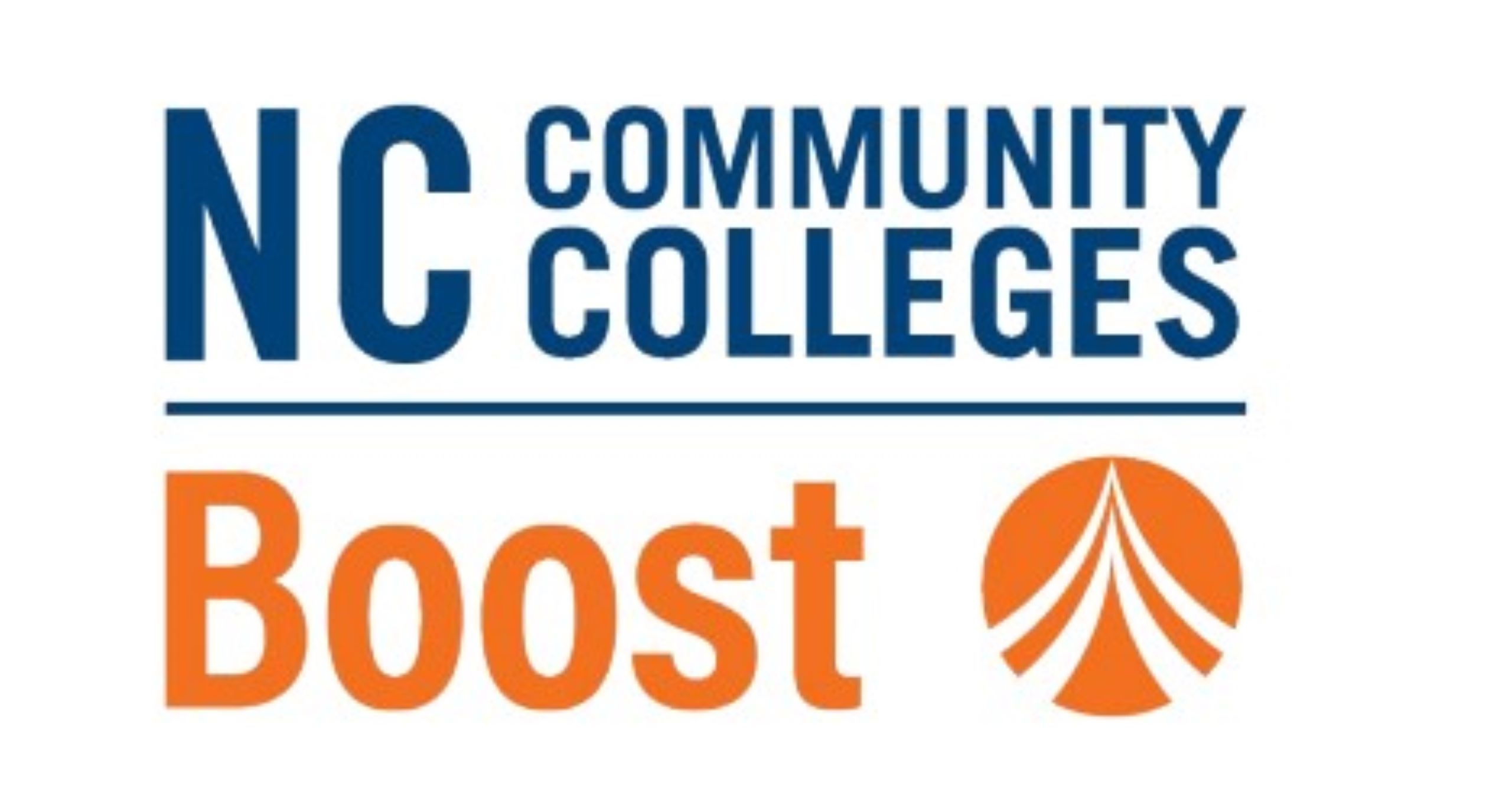In a project designed to help create the next generation of problem-solvers, North Carolina State University researchers challenged a group of 11th graders to investigate and find solutions to a global problem: that billions of people lack access to clean water and sanitation services.
In the Journal of Literacy Research, researchers shared key takeaways from the effort, in which students researched and responded to the issue of clean water and sanitation, which has been identified by the United Nations as a global priority.
“What would happen if all teachers and students around the world started focusing on the UN sustainable development goals, investigated them, got clarity about them and tried to come up with solutions to address them?” said the study’s lead author Hiller Spires, executive director of the Friday Institute for Educational Innovation and associate dean of the NC State College of Education. “We would have a generation of problem-solvers addressing the world’s most enduring challenges.”
The Abstract sat down with Spires to talk about the project:
TA: What were your motivations for this project?
Spires: My co-researchers, Marie Himes, Crystal Lee, and Andrea Gambino, and I were motivated to engage students so they could become aware of what is happening in a challenging area, not only locally in North Carolina, but also globally. In this case, we had students investigate one of the United Nations sustainable development goals for clean water and sanitation. The goal was to create awareness of the issue, and also take it to the next level by having students engage in some type of social action.
TA: What is Project-Based Inquiry (PBI) Global, and how did you use it in this case?
Spires: PBI Global is an inquiry process that I developed over a decade ago wherein students learn as they ask and investigate compelling questions. It starts with choosing a big topic to learn about.
In this case, it was global water and sanitation. We had everyone read a book so the students would emotionally connect to the topic. Then, we started doing more research, digging into the facts of what’s going on. Then, teams of students came up with compelling questions to answer within that large theme. Through an inquiry process, they developed assertions in response to their question, and supporting evidence to support their claims.
Finally, we share, publish and act. In this case, we had a showcase – this was pre-pandemic – at the Friday Institute, where the students could present their projects and what they found; we invited community folks, family members, and had a big celebration.
And lastly, we took action. We collaborated with an organization that helps build wells in developing countries, and the students engaged the community and raised funds to contribute to having a well built.
We also had a simulation in which the students walked carrying gallons of water to see what it felt like in developing countries where people don’t have easy access to clean water.
TA: What are some of the key lessons you learned?
Spires: First, we saw students collaborate within their teams, with the teachers and with outside experts. As they dialogued with others, they reached deeper levels of understanding about the impacts of lack of access to clean water.
Second, we saw students learn critical analysis. We wanted them to take a critical perspective, and analyze what’s going on. Part of that was: How do you help the students engage and understand a complex issue? We supported the students as they developed empathy, and also understanding about the attributes of the people and settings they’re studying. They used an asset-based lens that allowed them to experience the value of difference and global diversity.
Third, we were able to engage students in understanding the relationship between global and local issues in order to allow them to take social action. We thought it was important for students to understand that there are water quality issues in North Carolina. We also studied water quality issues in Flint, Michigan.
TA: Were there any keys to success?
Spires: The teachers and students worked in an interdisciplinary way to approach the problem. In this case, we involved the whole 11th grade in the high school we worked with. Also, we were able to bring in experts to help the students learn more about water quality. Another important factor was getting the students together in teams and letting them choose a compelling question that they are passionate about. If you’re just assigning topics, you don’t get the same level of commitment and interest from the students.
And lastly, the students shared and acted on what they learned. The students engaged others outside of the school to celebrate with them on what they learned.
TA: Why is this important?
Spires: We know our world is very, very complex, and there are myriad issues confronting the globe. It’s very important as we think about sustainability for our world to have dedicated individuals who can address these very important issues. On a human level, we’re engaging students to critically examine their place in the world as well as to create their futures by helping transform it.
This post was originally published in NC State News.
- Categories:



